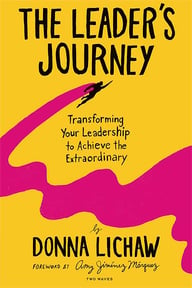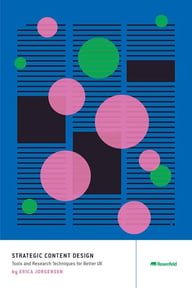Summary
Did you know that the SUS creates biases in your research, affecting one in five people? That’s right! People with disabilities, especially those who use assistive technology, are not considered by most of the questions in the SUS. As a designer for the public sector, this could lead to you making design decisions that don’t take into account 20 percent of the visitors to your website.
Key Insights
-
•
Inclusive design practices enhance product usability for everyone.
-
•
Assistive technologies include screen readers, screen magnifiers, and alternative navigation tools.
-
•
Screen reader users face unique challenges that often lead to lower usability scores.
-
•
Traditional usability research methods may not effectively capture the experiences of assistive technology users.
-
•
Custom configurations of assistive technologies are essential for their effective use.
-
•
Accessibility and usability are interconnected; improving one often enhances the other.
-
•
The Accessible Usability Scale offers a more suitable measurement tool for assistive tech usability.
-
•
Collaborative research with assistive technology users leads to better product outcomes.
-
•
Normative data shows significant usability gaps for screen reader users compared to other categories.
-
•
Continual data collection is necessary to benchmark accessibility improvements.
Notable Quotes
"Accessibility and usability for people with disabilities is something that I've always been passionate about."
"As a screen reader user, I need to navigate by heading levels to quickly skim a web page."
"The best way to avoid confusion during research is to break tasks into small chunks."
"The Accessible Usability Scale is an invitation for teams to critically evaluate usability with assistive tech users."
"The System Usability Scale does not effectively capture the real-world experiences of assistive technology users."
"It's surprising that screen reader users score significantly lower on usability scales than expected."
"Customization of assistive technologies is a necessity; out-of-the-box settings usually don't reflect personal needs."
"Tasks often take longer if assistive tech users are unfamiliar with testing environments."
"We're excited to support research and improvements that bridge usability for assistive technology users."
"Feel free to evaluate or modify the Accessible Usability Scale; we welcome collaborative efforts."


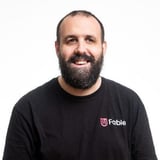





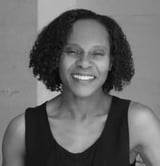




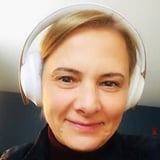


More Videos

"We’re doing some sign books today, so please check it out."
Bria Alexander Louis RosenfeldOpening Remarks Day 2
March 26, 2024

"We have to make sure that we're responding to what their needs are."
Emily EagleCan't Rewind: Radio and Retail
June 3, 2019

"Only 21% feel they operate like a sports team working toward shared goals."
Iain McMaster IHan ChengDesign and Product: from Frenemy to Harmony
November 29, 2023

"Having proactive relationships with legal teams turns challenging conversations into constructive dialogues."
Eduardo Ortiz Robin Beers Rachael Dietkus, LCSW Bruce Gillespie Jess Greco Marieke McCloskey Renee ReidDay 3 Theme Panel
March 13, 2025

"Gun violence has become a routine in many communities, where people become numb to its prevalence."
Kyria Stephens Marlon KernerPower to Heal: Civic Design in the Aftermath of Tragedy
November 17, 2022

"The community members are experts in their own lived experience."
Alexia Cohen Adriane AckermanIncreasing Health Equity and Improving the Service Experience for Under-Served Latine Communities in Arizona
December 4, 2024

"The speed of change in technology and citizen expectations are drastically different these days than they were 20 years ago."
Sarah GallimoreInspire Progress with Artifacts from the Future
November 18, 2022

"Arno tries to keep people out of hate groups, giving them purpose to stay away from hate."
Jim KalbachPeace is waged with sticky notes: Mapping Real-World Experiences
June 14, 2018

"I saw being excluded as a superpower in being able to think inclusively."
Dean BroadleyNot Black Enough to be White
January 8, 2024















